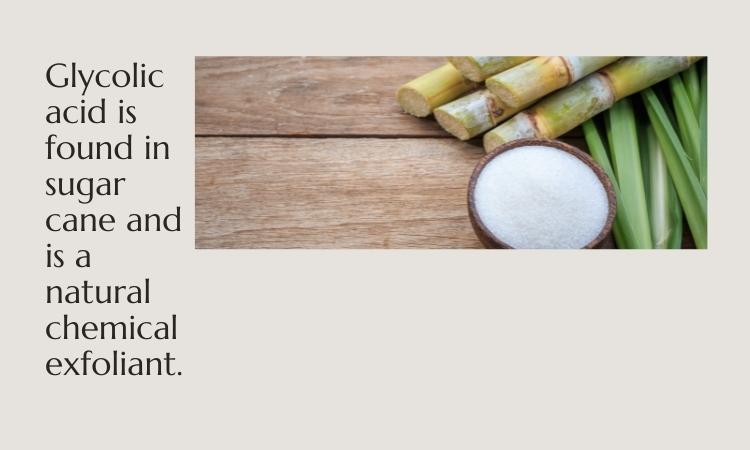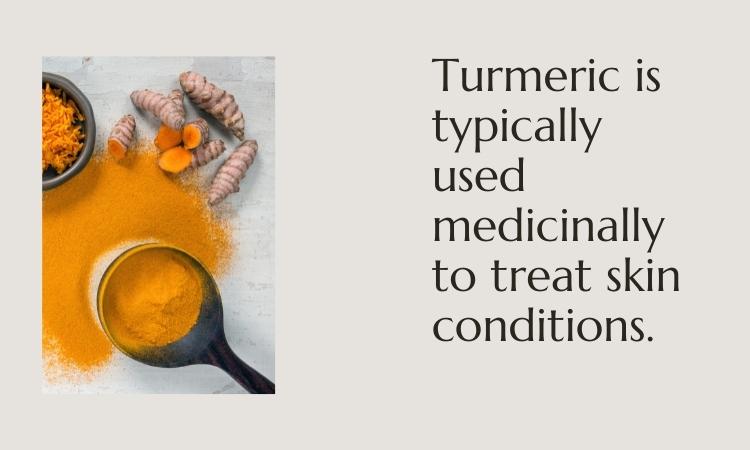How to Exfoliate Naturally
Natural exfoliation is when you scrub your skin gently with a product to achieve a smooth, clear complexion. When a natural exfoliant is applied to your skin, dead skin cells from the top layer of your skin are removed. Chemical exfoliants specifically contain alpha-hydroxy acids that work to break down dead skin. Physical exfoliants absorb dirt and dead skin cells. Regular exfoliation helps moisturize dry, damaged skin, promoting new cell growth and giving you a glowing complexion. The key to proper exfoliation is to use gentle products. Manufactured exfoliants can contain plastic microbeads, which are potentially harmful to your skin. These can damage your skin by creating minor tears. The good news is that you can exfoliate your face naturally at home using natural ingredients you might already have.

How to determine the proper exfoliant for your skin type:
An essential part of natural exfoliation is knowing your skin type. Everyone's skin is unique and responds differently. Skin types are determined by your skin's oil or sebum production level and can usually be divided into four categories. Remember that your regime may be too harsh if your skin gets red or irritated. If this happens, stop natural exfoliation and allow your skin to heal.
The best natural exfoliants:
Honey has anti-microbial properties that promote healing and hydration. Honey has been used to help treat disorders such as psoriasis and dermatitis.
To exfoliate naturally with honey:
- Put a dime-sized drop into your hands and apply it with your fingers in a circular motion, then rinse it with water.
- Honey can be used alone or as an ingredient in facial scrubs.
- Use raw, organic honey.
Recommended product - Repechage Honey and Almond Scrub for all skin types

Plain Yogurt contains an alpha-hydroxy acid called lactic acid that helps remove dead skin cells and stimulate cell renewal. If you exfoliate with lactic acid, it can help give you a more even complexion.
Exfoliation with Plain Yogurt:
- Apply one tablespoon to your face using short brush strokes.
- Let it sit for 20 minutes, then rinse it off with water.
- Some research suggests probiotics found in yogurt interact with your skin barrier to fight infection and reduce inflammation. However, exfoliating with yogurt may not be suitable for your skin if you have a lactose sensitivity. Always check with a dermatologist or do a patch test first.
Sugar
Glycolic acid is found in sugar cane and is a natural chemical exfoliant that helps separate dead cells from new cells. When applied, sugar can help safely and effectively remove dead skin.
How to exfoliate with sugar:
- Use one tablespoon of raw sugar and one tablespoon of natural oil to form a thick paste.
- Apply to the face with your fingers using a circular motion or with a brush using short strokes.
- Let it sit for 10 minutes.
- Rinse off with water.
Recommended product - Eminence Cranberry Pomegranate Sugar Scrub for all skin types
Lemon Juice is a source of citric acid, and it also works as a natural chemical exfoliant. So, in addition to helping you remove dead skin cells, lemon juice can plump and brighten your skin. However, use lemon juice cautiously on sensitive skin as it is an acid.
Exfoliating with lemon juice:
- Use one tablespoon of lemon juice and one tablespoon of cane Sugar to create a mildly abrasive paste.
- Apply to the face with your fingers using a circular motion.
- Let it sit for 2 - 5 minutes.
- Rinse off with water.
Recommended product - Skin Beauty Lemon Sugar Scrub for normal skin types

Papaya
Since papain dissolves keratin in dead skin cells, papaya can give your face a smooth texture. As a result, papaya can also help promote blood circulation and elasticity.
Using papaya at home:
- Smash fresh papaya into a smooth paste.
- Apply it to your face.
- Let it soak on your face for 15 minutes.
- Rinse it off with warm water.
Papaya is the best exfoliant for combination or oily skin because these skin types tend to result in clogged pores. In addition, the papain in papaya help cleanse pores and prevent acne or infection. Papain is most potent in green papayas, so use them if you can.
Coffee, when ground, is an excellent exfoliant that can help scrub away dead skin cells and dirt when massaged into the skin. Caffeine has also been shown to plump skin and fight signs of aging, such as wrinkles and dark spots.
To naturally exfoliate with coffee:
- Combine a one-quarter teaspoon of coffee grounds with one tablespoon of natural oil to form a thick paste.
- Apply it to your face.
- Let it sit for about five minutes.
- Rinse it off with warm water.
Recommended product - Shira Shir-Organic Pure Expresso Coffee Scrub for all skin types
Some natural or store-bought exfoliants are too harsh and can damage your skin. For example, the St. Ives Apricot Scrub contains walnut shell pieces that cause micro-abrasions for many people. On the other hand, finely ground coffee, combined with a carrier oil such as coconut oil, helps hydrate your skin as you exfoliate, making a much more gentle scrub.

Oatmeal is a common ingredient in many mainstream skincare products. For most, oatmeal is gentle and non-irritating, known for its therapeutic anti-inflammatory properties. Fun fact: it also helps protect the skin against harmful UV rays.
Using oatmeal at home:
- Combine one tablespoon of finely ground oats with one tablespoon of natural oil or honey.
- Apply it gently to your face.
- Let it soak into your skin for five minutes.
- Rinse it off with warm water.
Oatmeal is a perfect ingredient in scrubs for dry or sensitive skin. No matter what, use organic oats that have not been treated with pesticides or chemicals.
Turmeric is a plant-derived ingredient that contains curcumin and has many health benefits. Turmeric is typically used medicinally to treat skin conditions and has been shown to reduce inflammation and fight infection. You may have even used it in your cooking.
How to exfoliate at home with turmeric:
Combine one teaspoon of ground turmeric with plain yogurt, natural oil, or water to form a paste (the amount needed will vary).
- Apply to your face with your fingers using a circular motion.
- Let it sit for 10 minutes.
- Rinse it off with warm water.
Recommended product - Skin Beauty Turmeric Brightening Paste for all skin types

How often should you exfoliate your face?
How often you exfoliate your face depends on your skin type and existing skin conditions. Exfoliate often enough to remove dead skin cells and uncover healthy skin, but not so repeatedly that you damage your skin's natural barrier. It's best to exfoliate once per week and increase frequency as needed. You may want to exfoliate more if you are in the process of treating a skin condition. As you age, your epidermis cells regrow slowly. Cell turnover usually takes between 40 and 60 days for adults over the age of 65 and 28 days for adults between 18 and 25. Therefore, older adults may benefit from more frequent exfoliation. Exfoliating skin regularly can promote cell regeneration and reduce the effects of aging.
Tips for trying a new natural exfoliant:
The skin on your face is usually more sensitive than the skin on the rest of your body. For example, some exfoliants that work well for your body will be too rough for your face. A few tips when trying a new natural exfoliant at home:
- Patch test a unique exfoliant before applying a small amount to your wrist.
- Be sure that your hands and applicators are clean before your test.
- Massage exfoliant gently into your skin for no more than one minute.
- Rinse the area with warm water.
- Moisturize after exfoliating.
Recent Posts
-
Discover the Perfect Glasses & Styles to Enhance Your Rectangle Face Shape!
Your face shape plays a significant role in determining the most flattering hairstyles and makeup te …Apr 17th 2024 -
Moroccanoil Treatment for Hair: The Ultimate Guide
Moroccanoil Treatment for Hair: The Ultimate Guide In the world of hair care, few products have …Apr 1st 2024 -
You deserve to shine bright like a diamond! Unveil the ideal beauty trends for a diamond face shape
Discover the Perfect Hairstyles and Makeup for a Diamond Face Shape Your face shape plays a …Mar 29th 2024




